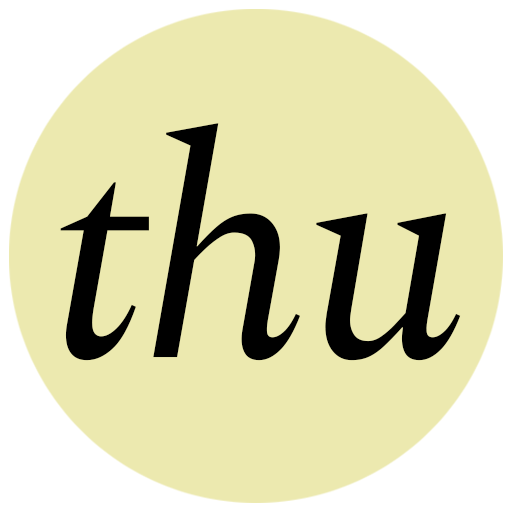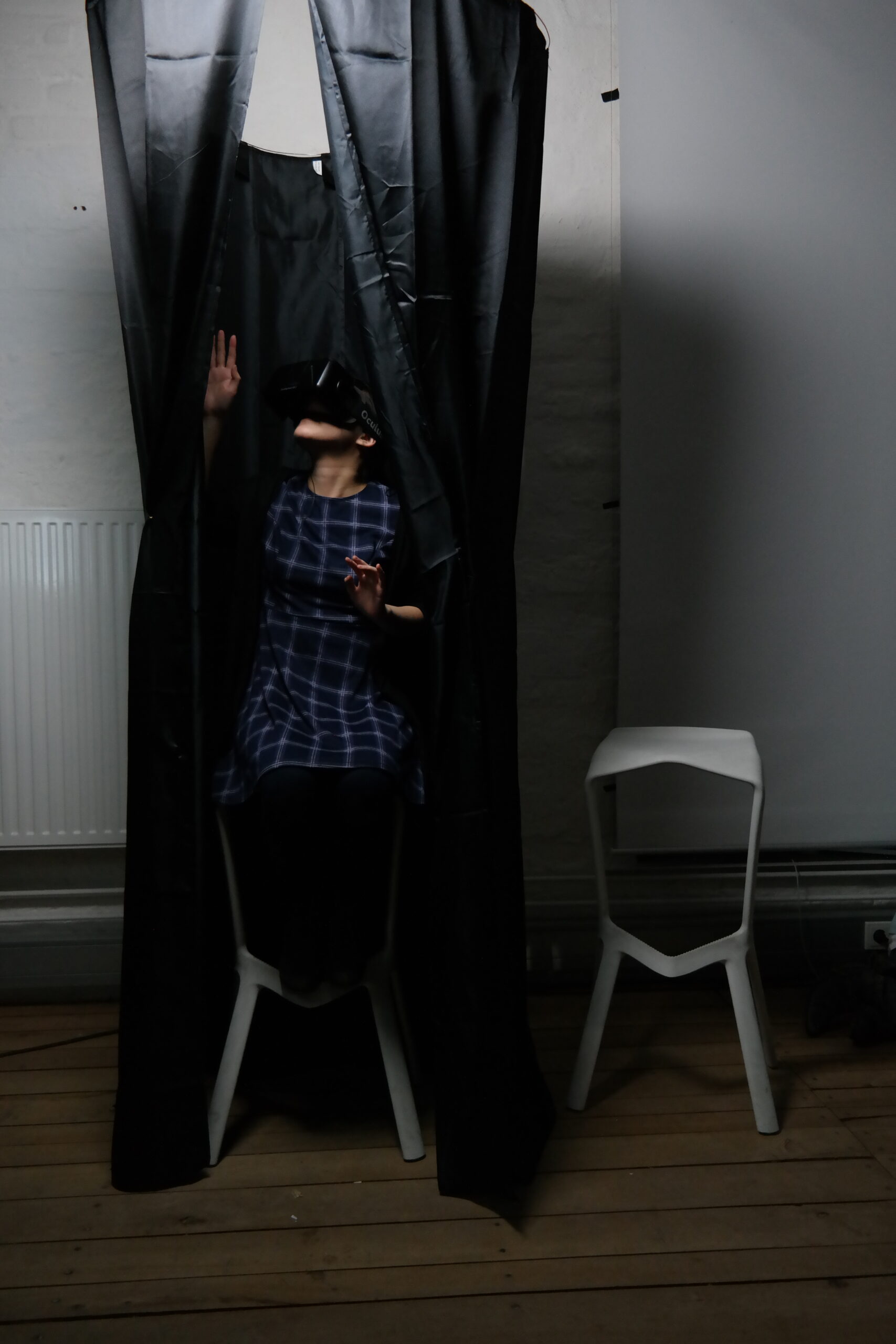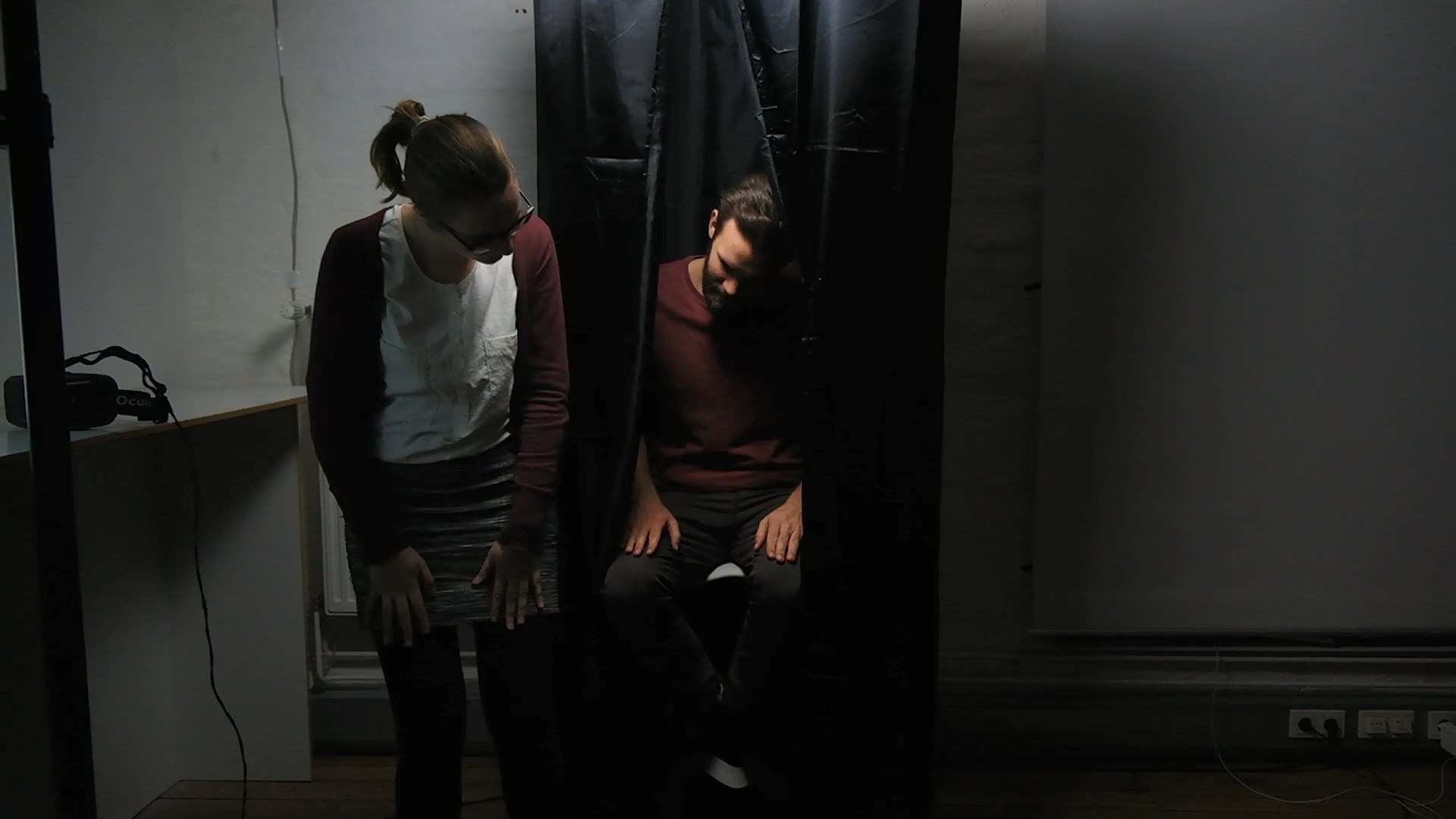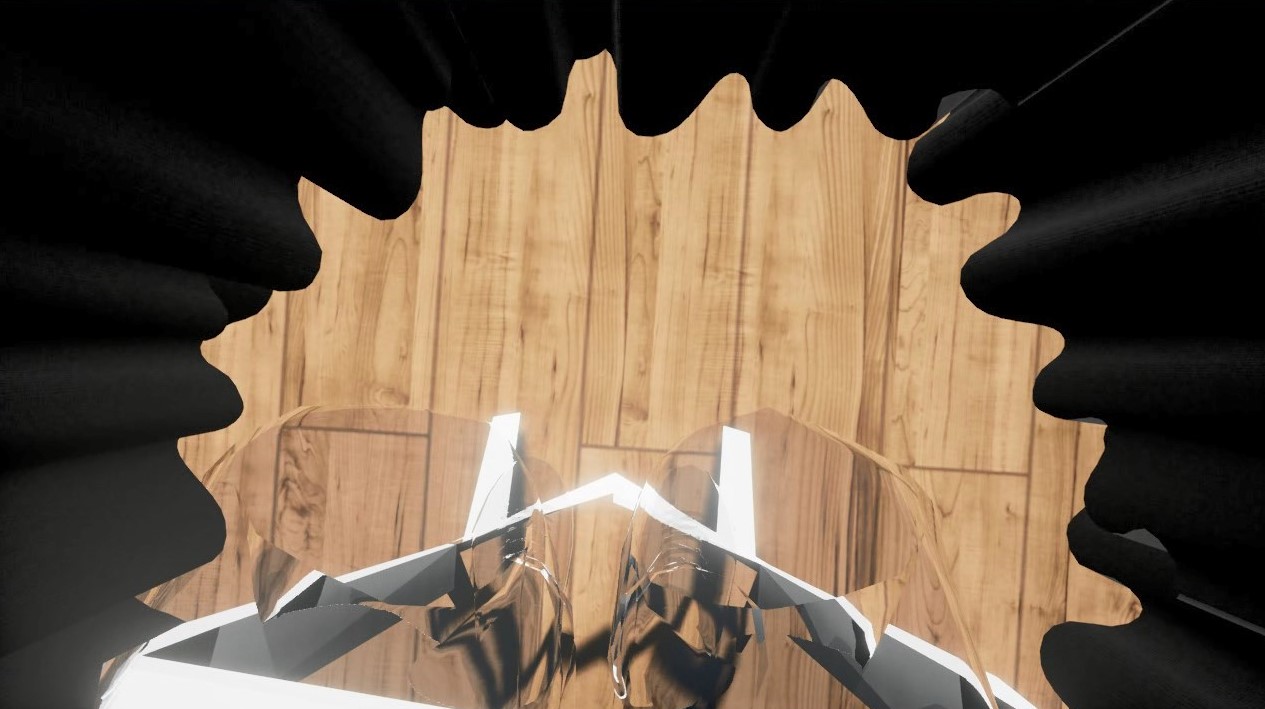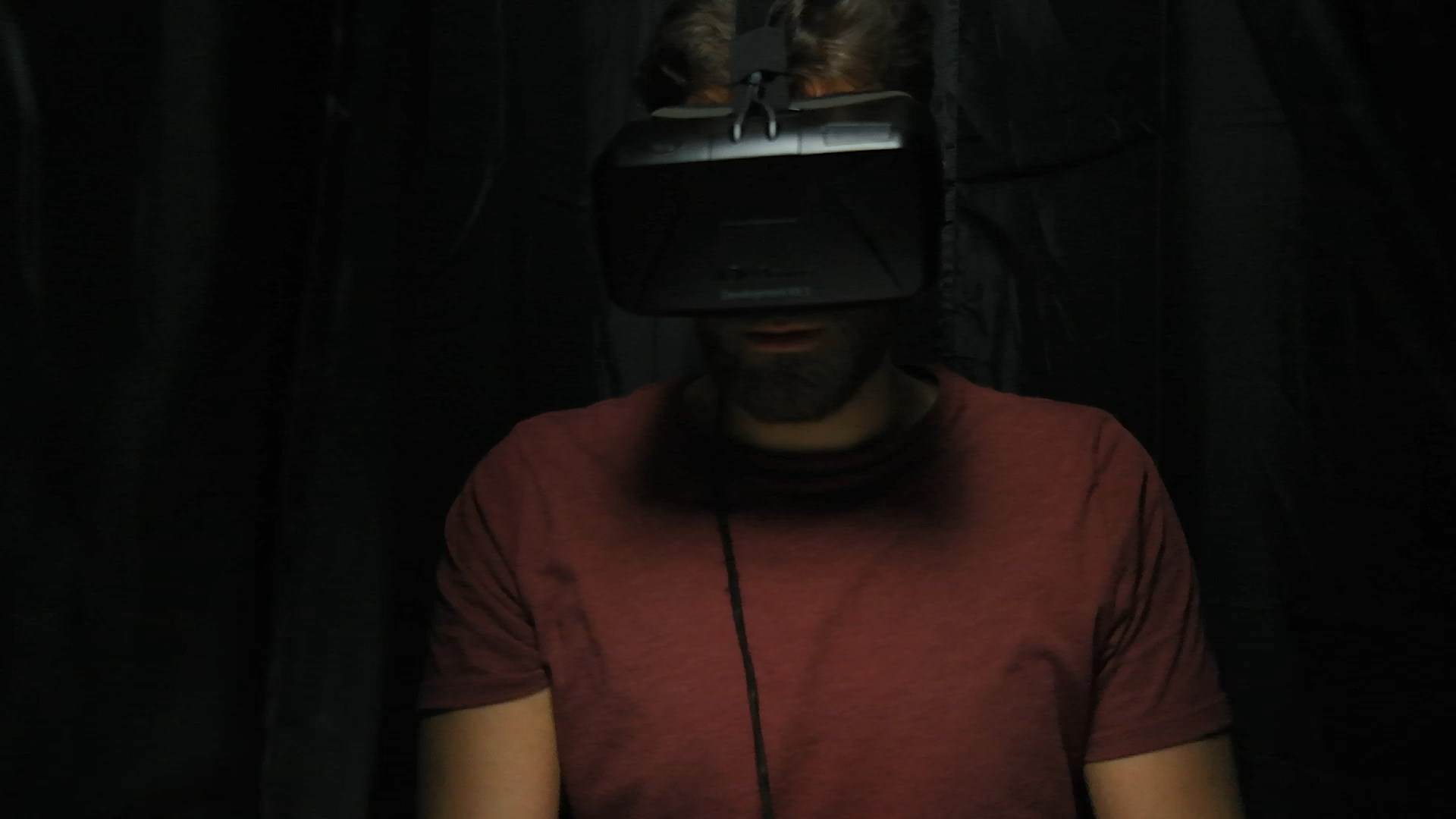Year: 2016
Project Partner: Wiebke Majowski
Tasks: Conceptualisation, designing and implementation of the first “light” world
Illusive
Illusive is a virtual journey between surreal worlds that give different emotions to the traveler. The voyage to the worlds is done by transforming and teleporting. This immersive experiment leads the viewer to different surroundings of phantasmal elements and should cause different perceptions.
This project was released in the class “Spatial Interaction — Perception in digital Spaces”, at the University of Arts Bremen taught by Prof. Tanja Diezmann. The main goal was to create and experiment with Virtual Reality (VR) spaces and -interactions.
Challenges
- The given VR headsets (Oculus Rift 2, Samsung Gear VR and Google Cardboard) had the limitation that they only tracked the head and/or the head movement. The controls were limited to just one button or additional input devices.
- To create spaces or any interactions in Virtual Reality, programming skills, 3D modelling skills, sound design and knowledge of game engines were required. These skills were mostly acquired as we went along.
Goals
- Our main goal was to create a space which does not lose any immersion. When we tested the given VR headsets and applications we noticed that the immersion disappears easily when it comes to movement within the space.
- We wanted to create a complete VR experience within the time frame and with the given challenges.
Inspiration
The inspiration for this work were the books: “The Little Prince” by Antoine de Saint-Exupéry and “Kino no Tabi” by Keiichi Sigsawa. We wanted to create a journey for the user to different planets and worlds. Due to the time restrictions and lack of previous knowledge relating to the subject we decided to limit the planets and worlds into just two: a “light” one and a “dark” one. Even though both worlds should evoke different emotions , they had to still be beautiful in their own way and give the user space for interpretation between the journey from the normal world to one of light and dark.

Moodboard for Illusive
Connecting the real world with the virtual world
To keep the immersion of travelling we started straight from the beginning. We dressed as flight attendants and explained and guided the user in how to use our “teleportation machine”. On one hand, this was supposed to create an association with the experience of flying on an airplane, and on the other, we could recreate the same scene in the VR space to give the illusion that they were now in the “virtual layer”. As the devices did not offer any way of tracking other body parts, we let the user sit in a certain position so they could see themselves sitting on the chair, see their hands and the curtains they were surrounded by in the real world before putting the on VR headset.
Transformation and Teleportation
As we could not track the body, we tried to create an explanation as to why the user would not be able to see themselves in the virtual space. Therefore, before the journey starts the robot-sounding audio guide of the teleportation machine explains that the user will be transformed into particles to start the journey. This is why the space afterwards is an in-between space which is not really tangible. The teleportation is inspired by Sci-Fi visualisation of teleportation which is often represented as circular and tunnel-like. Additionally, we worked to create an illusion of speed, as teleportation often feels immediate. The same teleportation repeats when the user is transformed back into reality.











The Journey
Implementation
The implementation and build for this application was done by Unreal Engine 4 and was designed for the Oculus Rift 2 headset. We created some 3D assets by ourselves, but most assets are from Unreal Engine, as well as a few royalty free 3D models and some music.
Conclusion
Even though we had not managed to work on the interaction we were successful with experimenting with the digital spaces and movement. Moreover, we managed to keep the immersion as we noticed that people followed the guidance of the machine-voice, for example: when the user was to return back to the physical space, they had to put their hands back on their lap and look down. Certainly, with better technology and time we could improve the whole set up and eventually add better interactions to the VR environment.
